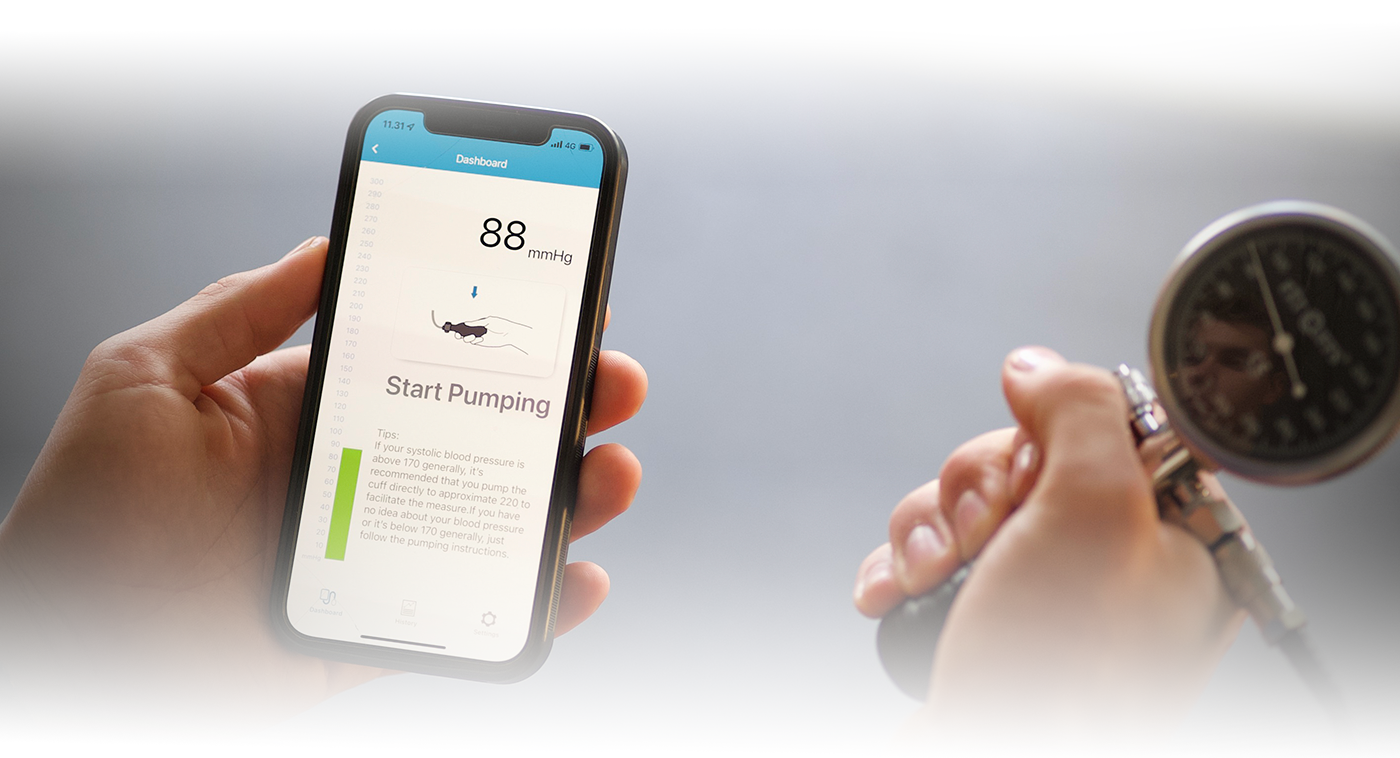Limb Occlusion Pressure (LOP) by Oscillometry
October 5, 2022LOP is defined as the minimum pressure required to stop arterial and venous blood flow to the corresponding limb, at a specific time, in a specific position with a specific cuff being applied. Aka. 100% LOP.
The Pressure-Load Continuum in Blood Flow Restriction Training (BFR Training):
In occlusion Training when utilizing higher pressures (70~80% LOP) use lighter loads (20~25% 1RM) & with higher loads (30~45% 1RM) use less pressure (40~50% LOP)
Research facilities & Universities that have participated in the study of the Bluetooth Device vs. doppler ultrasound:
Research facilities & Universities that have participated in the study of the Bluetooth Device vs. doppler ultrasound:
Unpublished – El-Zein (2020) (Thesis) the use of a portable Bluetooth Device to measure blood flow restriction training pressure requirements: a validation study.
Unpublished – Schmidt (2021) (Thesis) Validity and reliability of an oscillatory blood pressure measurement device to determine the arterial occlusion pressure in healthy adults for blood flow restriction training exercise protocols: a cross-sectional study.
How the Bluetooth Device performs and compares to Handheld doppler:
Independent comparative product testing at 3 separate research institutions around the globe are all showing very good validity of the Bluetooth Device. I.e., Inter-Rater Reliability (Correlations) and Test-Retest Reliability (Intra-Class Correlation Coefficient) – (ICC):
The Bluetooth Device has a variance of only 1-5% by comparing the Bluetooth Device vs. LOP assessment by Handheld Doppler Ultrasound and the second “golden standard” Doppler Pulse Wave Ultrasound.
In conclusion, the research shows a clinically acceptable agreement between the different methods of LOP measurement.
The guide – see also fitcuffs.com/lop:
1. Download the corresponding 3. party app to your phone – You will receive information concerning the app together with the tracking number of Your parcel. ⇩
2. Connect Your phone with the Bluetooth Device via the app interface. ⇩
3. Attach the Cuff to the corresponding limb. – Remember, to have a tight fit for the lower body. ⇩
4. Connect the Bluetooth Device with the Fit Manometer & Cuff. ⇩
5. Be completely still and follow the displayed guide on the app. – Remember, the Bluetooth Device will automatically deflate the cuff. ⇩
6. After successful measurements, You will find SYS (LOP) in the top left corner. ⇩
7. Detach the Bluetooth Device from the Cuff and Pressure Gauge.⇩
8. Set the pressure relative to the measured LOP (40-80%), but without the Bluetooth, Device attached!
❔Problems with lower body measurements, see the “Troubleshooting” section at fitcuffs.com/lop
secondary source:
Babbs (2012) Oscillometric measurement of systolic and diastolic blood pressures validated in a physiologic mathematical model.
Berger et al. (2001) How Does It Work? – Oscillatory blood pressure monitoring devices.
Beevers et al. (2001) ABC of hypertension Blood pressure measurement Part I -Sphygmomanometry: factors common to all techniques.
Clinical review.Croft & Cruickshank (1990) Blood pressure measurement in adults: large cuffs for all?
Jordanow et al. (2018) Comparison of oscillometric, Doppler and invasive blood pressure measurement in anesthetized goat.
Morais et al. (2016) – Upper limbs total occlusion pressure assessment- Doppler ultrasound reproducibility and determination of predictive variables.
Zachary et al. (2020) Limb Occlusion Pressure: A Method to Assess Changes in Systolic Blood Pressure.
Evin et al. (2020) Limb occlusion pressure for blood flow restricted exercise- variability and relations with participant characteristics.
Loenneke et al. (2014) Blood flow restriction in the upper and lower limbs is predicted by limb circumference and systolic blood pressure.
Masri et al. (2016) Technique for Measuring Limb Occlusion Pressure that Facilitates Personalized Tourniquet Systems- A Randomized Trial.
Hughes et al. (2017) Influence and reliability of lower-limb arterial occlusion pressure at different body positions.
Hughes & McEwen (2021) Investigation of clinically acceptable agreement between two methods of automatic measurement of limb occlusion pressure- a randomised trial.



